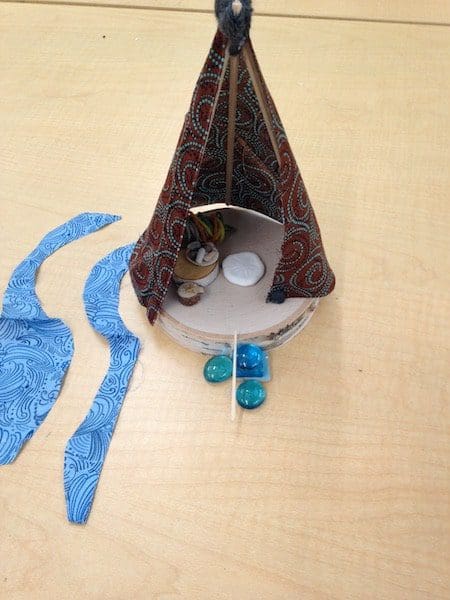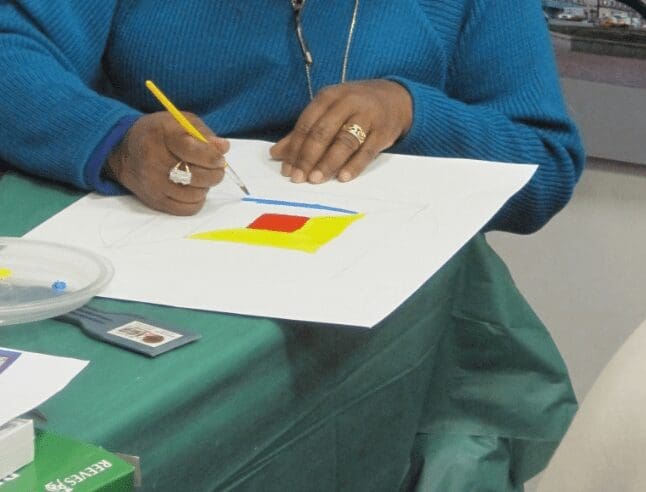Living During a Pandemic
On any given day, our current world can look like the raging Atlantic Ocean during a storm or as calm as Georgica Pond at noon. Parenting during a pandemic has brought about even more variants of storms as we learn ways to cope with stress, burn out, and strive to support ourselves as well as our children.
Living with stress has always been a part of life. It is up to each of us to find ways that we can manage the stress. Finding the time to support yourself even if for only a moment a day of mindful breathing can make a huge difference in your outlook on life and parenting.
During this pandemic, we have had to learn new ways of coming together as a family. We have learned how holding a space for ourselves and our children naturally ebbs and flows.
Remembering to be mindful and truly present with your loved ones at home takes the ability to be fully present with yourself first. Creativity, however big or small, can reduce stress and enhance positivity throughout your day.

Benefits of Art Therapy
We must find beneficial and unique ways to support our children as they grow, learn, and explore the world around them.
This past year has been a challenging and unprecedented one. It has called upon all of us to find new ways to approach learning and new ways for our children to connect.
The non-verbal and open minded approach of Art Therapy and other Creative Arts Therapies can help your children learn ways to express themselves. It can also help to gain positive problem-solving skills, work through traumas, increase self-awareness, self-esteem, and learn to enjoy the creative process.
COVID-19 and the current isolation that many of us find ourselves in is a trauma that disrupts our daily routines. This is a new and challenging type of trauma that many of us are currently dealing with.
Art Therapy and other forms of self-care are extremely beneficial in coping with traumas, no matter how big or small.

What is Art Therapy
Art Therapy is a credentialed licensed profession. It is a form of psychotherapy that combines the creative process of art making with traditional talk therapy techniques.
Art Therapy can support individuals of all ages and abilities in a wide range of settings. The ability to express yourself through a non-verbal modality can help to unlock aspects of yourself you might not have known how to share.
Art Therapy sessions are to be conducted by a professional but you can appreciate the innate benefits of creating art at home with your family.
Using Art as a Form of Expression
Although many might not have heard of Art Therapy in their day to day lives, using art as a form of expression touches on some of our most basic human needs and desires. As humans, we have been using the visual arts as a way to connect, tell stories, and reveal our deepest selves. These range from cave drawings to the present day.
From the creative process to the finished product, art brings about a sense of exploration that for many is difficult to harness through words.
For young children living with Autism Spectrum Disorder to adults “too” stuck in their own heads, art materials offer a different, less obtrusive language, with fewer rules and grammatical errors to watch out for.
Once we can overcome the rigidity of needing to color “within the lines” or in a “perfect way”, we can relax into the moment. With no prior art experience, we can engage with Art Therapy. We can then allow ourselves to become entranced by the multi dimensional endless qualities of art materials.

The Role of an Art Therapist
During these challenging times, Art Therapists like myself have had to cope and rearrange the ways in which we provide therapy. Our goal is to provide similar hands on art experiences while working remotely.
We needed to find ways to be even more aware and safe while working in-person.
Art Therapists work one-on-one, in groups, and with couples. All sessions are different depending on the client and circumstances that brought them there.
Some common themes that can arise are:
- Self-exploration
- Learning new coping skills
- Processing traumas
- Sharing personal stories
Art Therapy is being practiced in schools, hospitals, prisons, in patient facilities, long term memory care facilities, after school programs, and many other settings.
Below are a few ways you can start to learn about yourself and your children through the creative art process.
Creating Art at Home
Try some of these activities at home:
- Draw about your day together
- Create mandalas using materials at home (Mandalas are a great way to symbolize containment)
- Look at art together and discussing it
- Check out virtual museum trips
All of these activities can help to create a deeper bond and a creative approach to connecting with your children and loved ones.
We must never underestimate the power of creativity, or a smile, and breathing or moving; all of which can be done alone or with others.
For more information about Art Therapy and the ways in which it might benefit you, your children, and your co-workers please reach out to Emily Abramson, LCAT, ATR-BC & Yoga Therapist. You may also email caytherapy[at]gmail[dot]com.





























